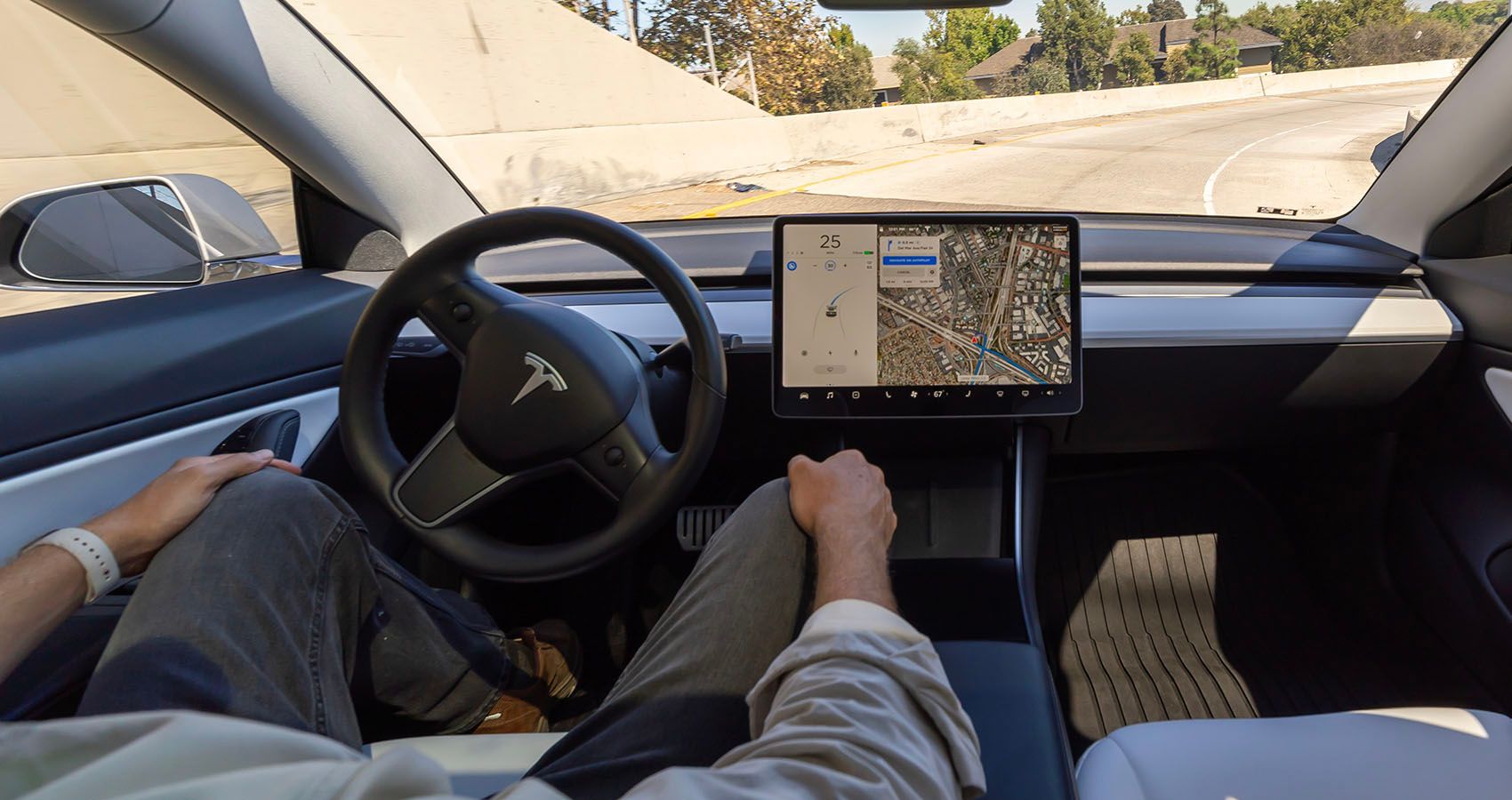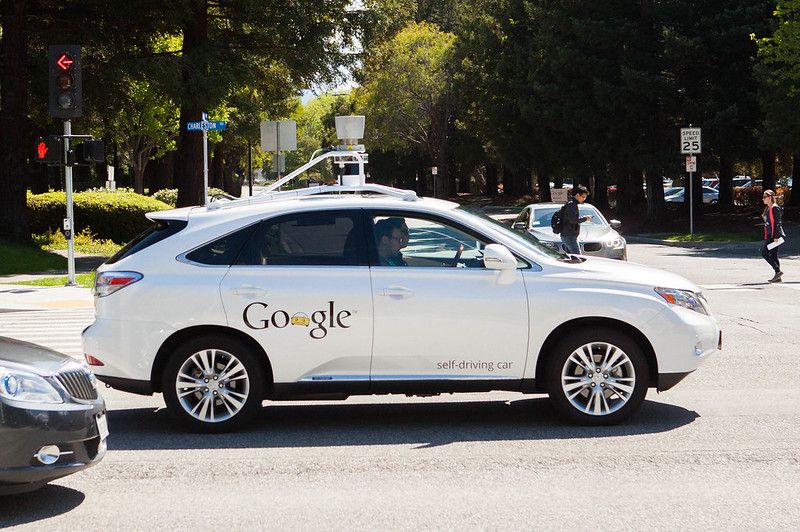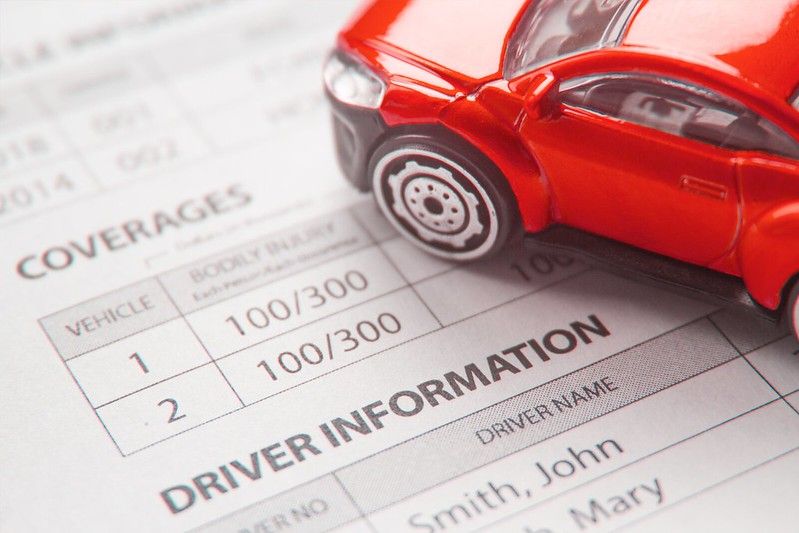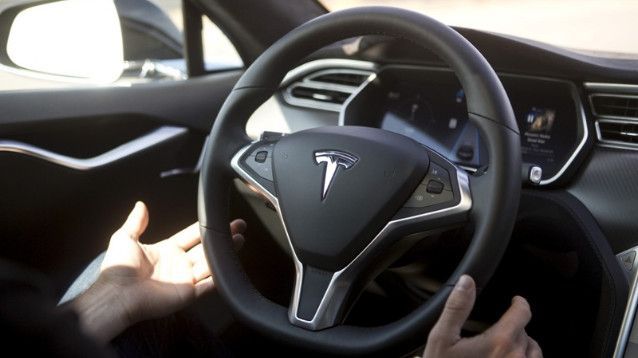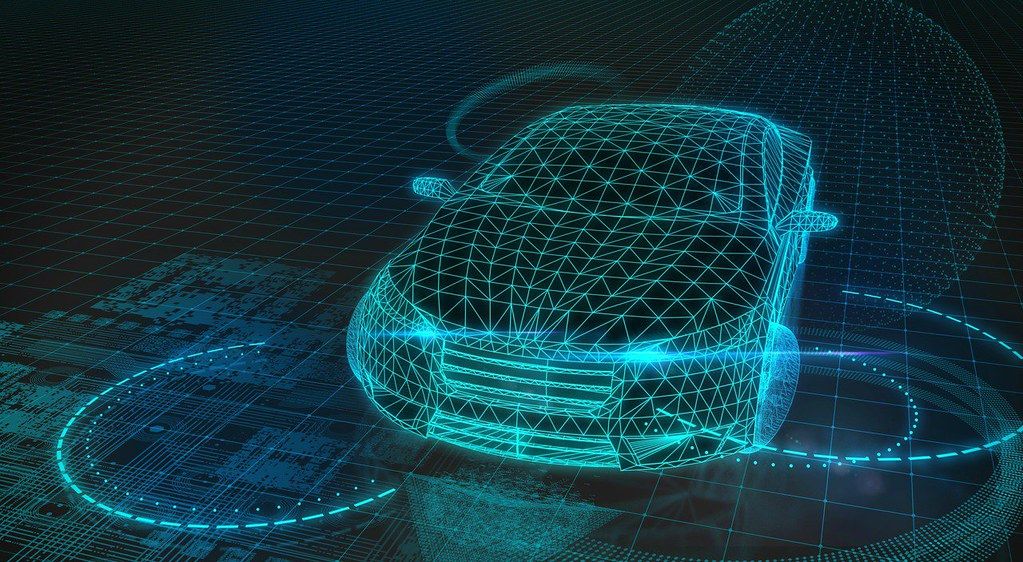As exciting as they may sound, there are barriers to the implementation of fully autonomous cars, but they may not be what you think. Most 2022 electric cars have a lot of driver assistance features that are designed to reduce fatigue. However, there are clear limitations on these systems as far as self-driving goes. Even cars like the Tesla Model 3 with advanced “autopilot” technology are still considerably below the fully autonomous threshold.
There is debate over whether current technology is able to create a truly self-driving car. Surprisingly, most autonomous vehicle concepts don't come from traditional automakers but rather from tech companies like Google and Apple. The main issue preventing mass adoption isn't the cost to design and produce them but rather the laws pertaining to insurance and liability in the case of an accident.
Autonomous Vehicles Could Make Manufacturers Liable
A survey by the Institute of Electrical and Electronics Engineers found six roadblocks to autonomous vehicles. Three of them that were most complicated were; legal liability, policymakers, and consumer acceptance. They argued that factors like cost, infrastructure, and technology are less of a problem.
Government agencies like the U.S. Department of Transportation will expect strict adherence and oversight to new regulations governing self-driving cars. As more autonomous vehicles come onto the road, they will have to closely monitor the frequency and cause of accidents they are involved in.
For highly autonomous cars, there will be a strong argument that drivers can’t be at fault and that any collisions that occur are the fault of the vehicle. Insurance companies will be hesitant to adopt this position until there is a sufficient amount of case law and claim data involving autonomous vehicles.
Future Of The Auto Insurance Industry
Insurance companies are unsure of how autonomous cars will impact their industry. However, they predict that self-driving cars will eventually decrease accidents and therefore claims. Proponents argue that driverless cars will be able to react faster than the human brain, thereby reducing the number of crashes over time.
In the transition period, the number of collisions could actually increase as self-driving vehicles learn to share the road with regular cars and drivers. The technological growing pains could be exacerbated by inclement weather, GPS inaccuracies, and outdated infrastructure. Not to mention lost jobs for truckers, ride-sharing companies, and others.
Companies like Rivian are starting to implement unique, usage-based insurance. For instance, if a driver uses Rivian's Highway Assist feature often, they're likely to get a larger reward when they renew their policy. This goes above, and beyond the "safe driver" discounts you may find with many insurance companies by using data to set premiums.
Contrary to what most people might think, insurance premiums for autonomous cars won't be lower, at least for now. According to Progressive, the higher cost of self-driving vehicles can increase premiums due to the potential for greater loss. Add in the fact that these types of vehicles are usually more complicated to repair and require specialist technicians.
What Exactly Defines An Autonomous Vehicle?
The Society of Automotive Engineers (SAE) classifies autonomous driving into six different levels. They range from Level 0 (no automation) to Level 5 (full automation). Level 2 (partial automation) is what most people would recognize as Tesla's autopilot system or General Motors' Super Cruise.
Level 3 driving does not require the driver to monitor the environment, but the vehicle still needs to be able to alert the driver to take control. For this reason, levels three and four on the scale may be considered "half-baked" autonomous driving, which presents unique challenges to automakers.
During development, they are more likely to make jumps - say from Level 2 to Level 5. Either the vehicles can drive themselves in a limited way with a human driver or can fully drive themselves - no in-between. In theory, this could make it easier for insurance companies to determine if the owner of the vehicle or the car manufacturer is at fault in a collision.
Implementing Reliable Technology Is A Key Roadblock
Vehicle-to-vehicle (V2V) technology is a further step that allows for several autonomous cars to drive near each other without crashing. V2V communication uses a very short-range radio network that, in effect, provides a 360-degree view of other vehicles that are nearby. So if the technology exists to make autonomous vehicles and cost isn't an issue, what's the holdup?
Though the software that controls self-driving features is developing rapidly, proving it to be reliable on roadways is still a challenge. The technology could operate flawlessly in some conditions, but it only takes one failure to produce catastrophic results. For instance, in 2016, a Tesla Model S' sensors couldn't detect a turning tractor-trailer, and the resulting collision killed the Tesla's owner.
Then we come to the fact that a lot of people just enjoy driving! Eventually, sports cars could go the way of the dinosaur if the powers that decide these machines are way better at driving than humans. Sadly, this could mean the end of human involvement in any automobile, let alone enthusiast cars.
Gearheads fear not - we are, at a minimum, a few decades away from self-driving cars being commonplace. The bottom line is that a pending shift in liability from drivers to manufacturers is the biggest barrier to their implementation. How we will go about covering them will be a confounding question for drivers, insurers, and government agencies alike.
Sources: Progressive Insurance, Insurance Information Institute, NHTSA, MarshMcLennan, Rivian

